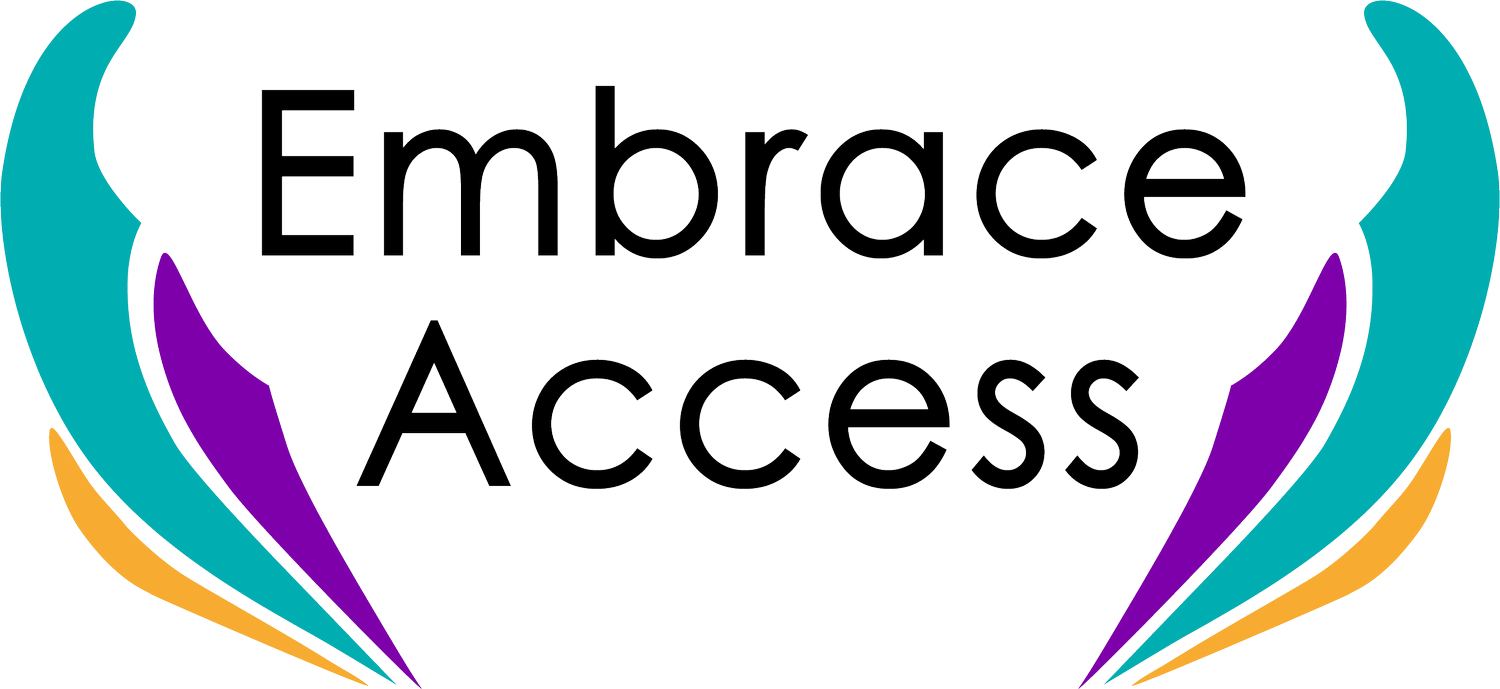How Trump Won the Election Using This Accessibility Tool:
I haven’t stopped thinking about the U.S. election. My sadness has faded a little and my anger has cooled down. But, the conversation is everywhere I turn. It’s inescapable.
I wasn’t surprised that Trump won. I’ve, of course, learned about the different groups that voted for him — the age groups, the races and ethnicities, the genders, the religions, even the immigration status. And sure, there are countless reasons why people chose him. But at the core, he told a story people wanted to hear: Things are broken. Life is hard. Everything is expensive. I’ll fix it. With a simple story, strong marketing, and a seemingly limitless budget, his win wasn’t exactly shocking.
But here’s the part I can’t stop thinking about:
Our world is confusing. Between “fake news,” COVID recovery, natural disasters, and Bitcoin (what even is it?), people crave leaders who feel relatable. They want comfort, connection, and clarity. Even though I found Trump’s overall messaging to be chaotic, his words were always simple. Short sentences. Basic vocabulary. Direct points.
This is the formula for plain language.
What Is Plain Language?
Plain language is a way of communicating that’s clear, simple, and easy to understand. It’s written for everyone—not just academics or professionals—and helps people process information quickly and confidently.
Even though plain language isn’t specifically required by the Web Content Accessibility Guidelines (WCAG), it supports their goal of making websites and digital materials easy to use and understand. It’s a best practice for accessible communication because it works for a wide range of people, no matter their background, abilities, or circumstances.
Plain language is especially important in areas like government, healthcare, law, and business—fields where miscommunication can have serious consequences. In fact, the U.S. Plain Writing Act of 2010 requires federal agencies to use clear communication in public-facing documents.
Why Does It Matter?
If we can give Trump credit for anything, it’s his simplicity. His clear communication helped him connect with voters, and it played a big role in his victory. That same principle applies to your marketing and communication efforts: plain language works.
Think about the people who benefit from plain language:
Busy or tired people: After a long day of work, wrangling kids, doing chores, and maybe arguing with a partner, who has the energy to wade through complex writing? Simple messages win. They’re easy to read and remember, even when someone’s lying in bed scrolling on their phone.
People with learning differences: ADHD, autism, or other neurodivergent traits can make processing information harder. Short, clear messages help those ideas stick.
English language learners: For people who learned English later in life, complicated writing can feel like decoding a puzzle. Plain language makes the message clearer and easier to understand.
People with motor skill challenges: Long, dense content can be tough to navigate for someone with tremors, limited hand control, or other physical challenges. Simpler content is easier to follow and scroll through.
Those with memory issues: Whether it’s due to age, illness, or something else, memory problems can make it hard to follow or retain long messages. Plain language is easier to remember.
Young people: Teenagers applying for their first job or young adults figuring out how health insurance works benefit from clear, straightforward information. It builds their confidence to act.
And let’s be real, we all benefit from plain language. When things are simple, they’re more accessible, engaging, and effective.
So, Who Else Could Benefit?
Plain language connects people to ideas. It builds trust. And it can win elections.
Now, think about your audience. Who else might benefit from clearer communication? Drop me a message—let’s brainstorm ways plain language can elevate your messaging and make it more inclusive.
How to Write in Plain Language
Key Features of Plain Language:
Easy to Understand: Use simple words instead of complicated ones (e.g., "help" instead of "assist").
Straight to the Point: Be brief. Avoid extra words or long sentences.
Well-Organized: Put the most important information first and use headings or bullet points to make it easier to read.
Action-Oriented: Make instructions or steps clear and easy to follow.
Examples of Plain Language:
Replace complex terms with simpler alternatives (e.g., "use" instead of "utilize").
Break down long sentences into shorter ones.
Use headings, bullet points, and white space to improve readability.
Plain language connects people to ideas. It builds trust. And it can win elections.
